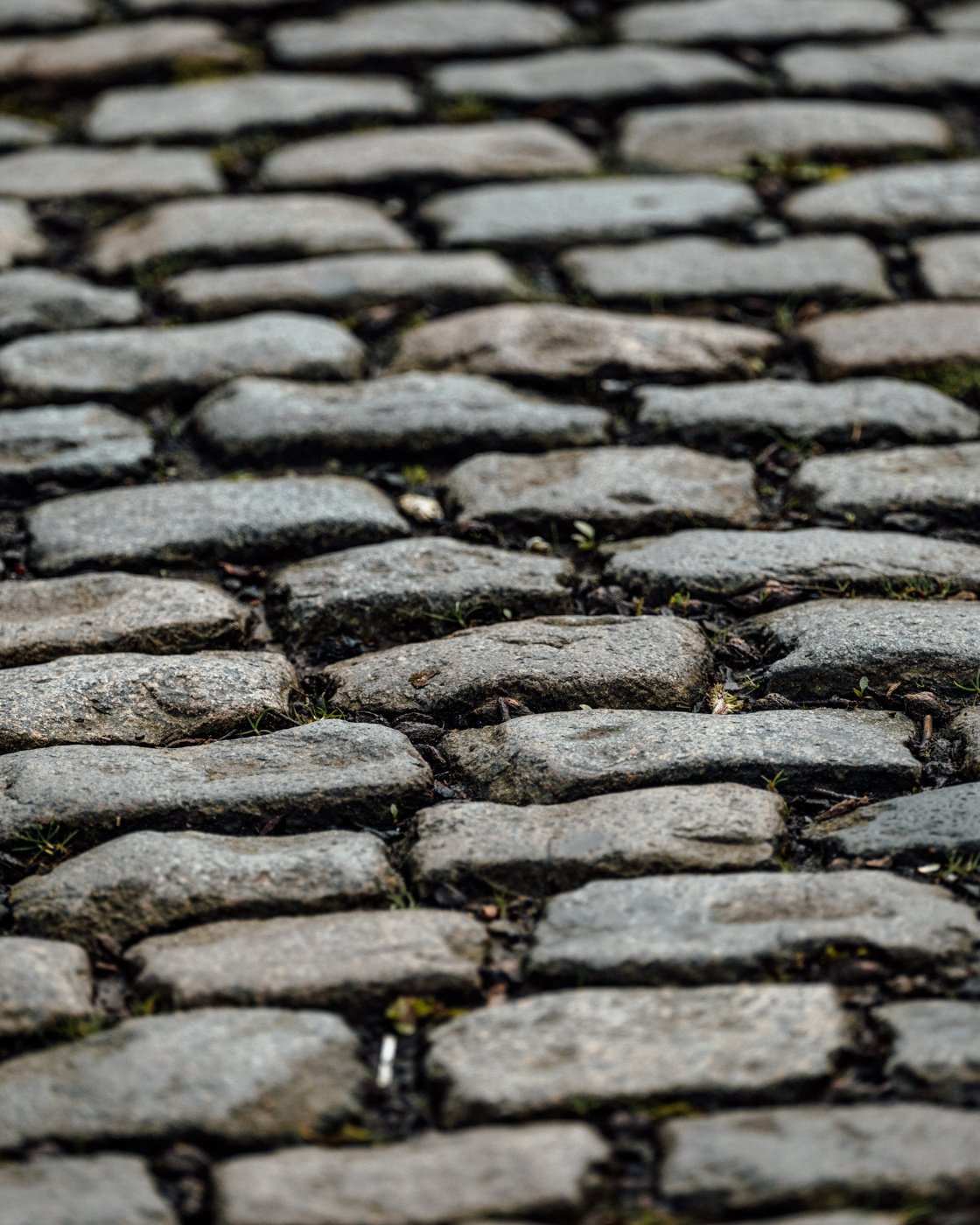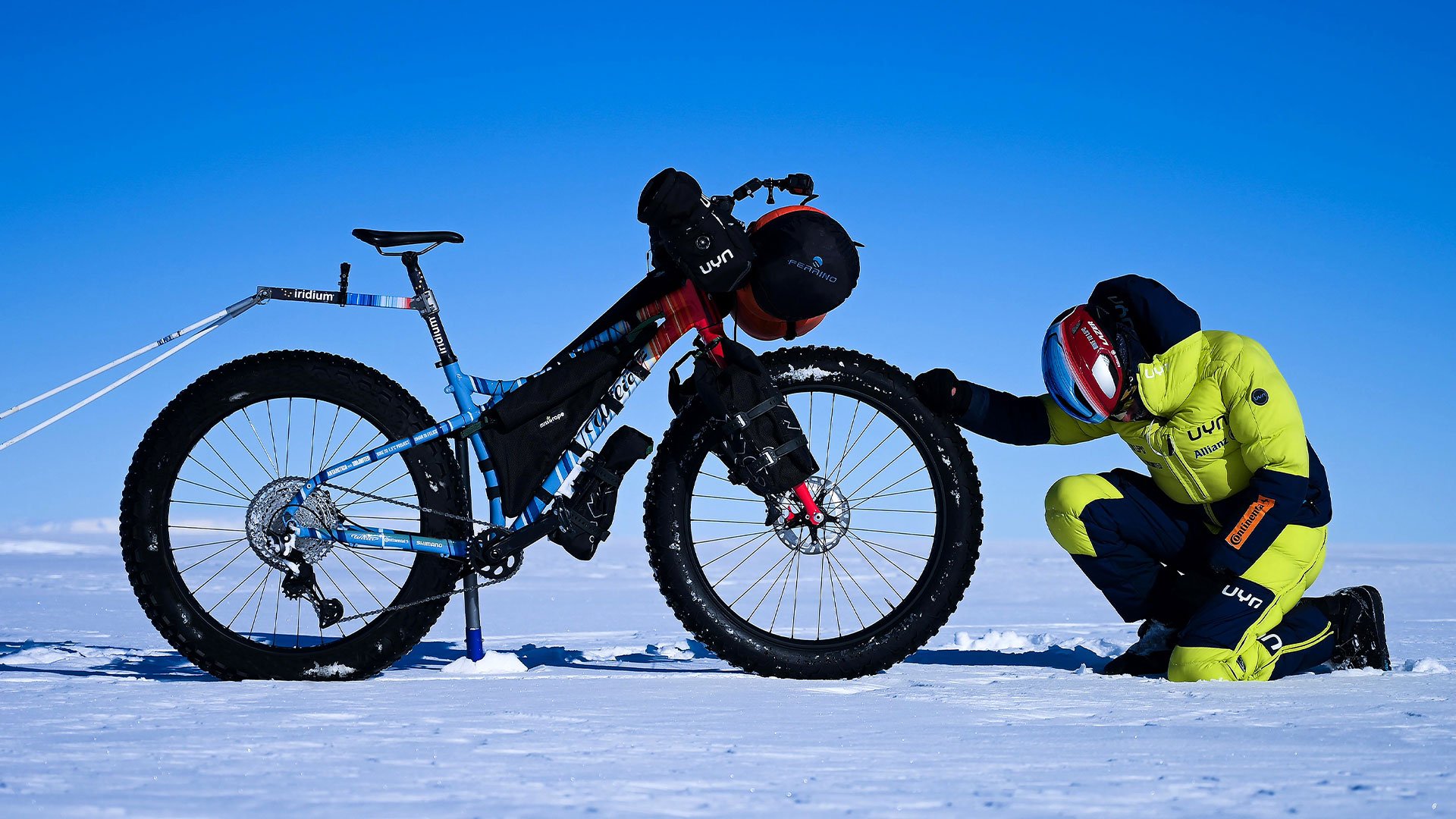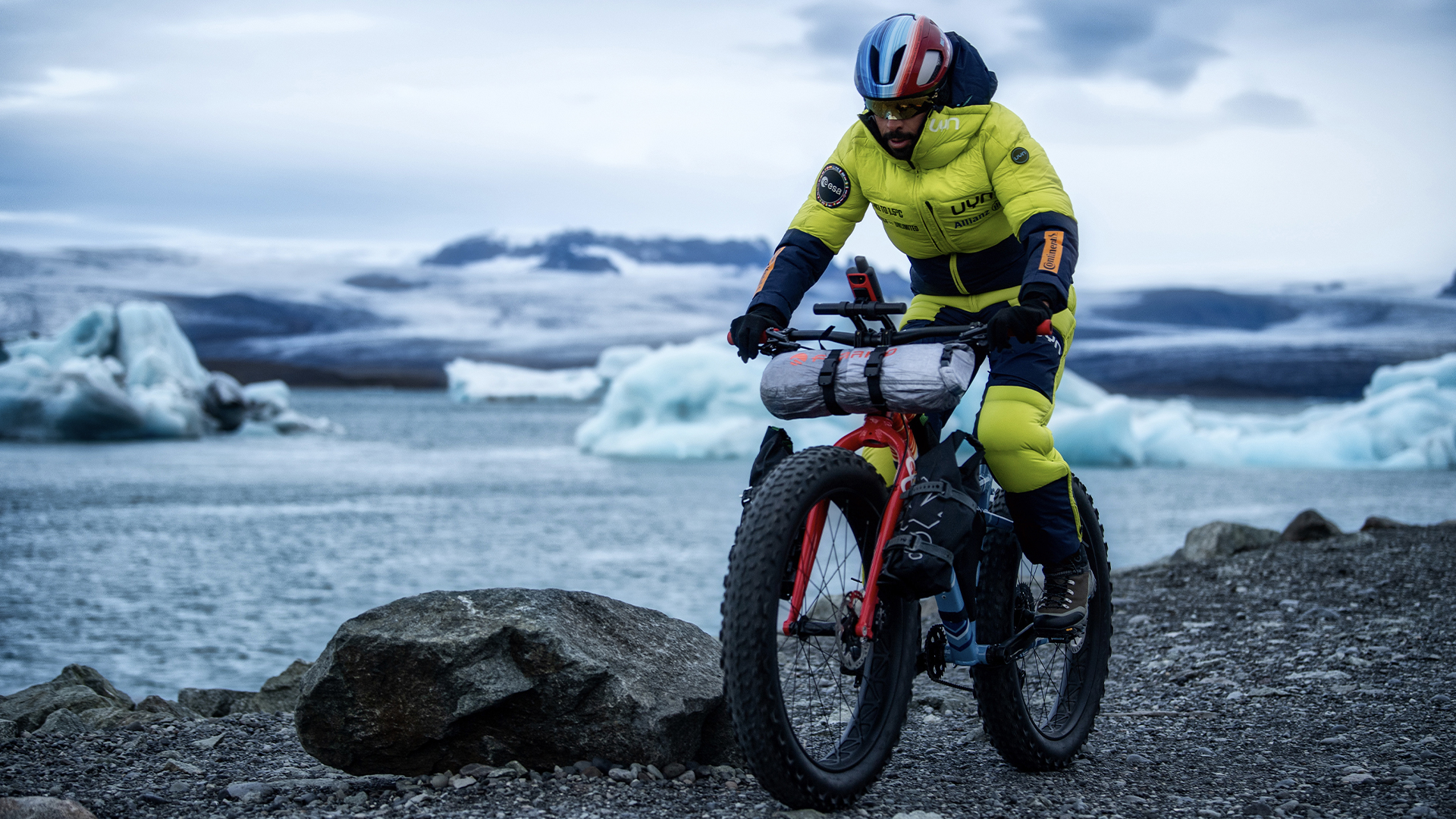The postponement of the Paris–Roubaix only increases its significance. Daniele Bennati describes his experience on the cobbles of both the Paris–Roubaix and the Tour of Flanders.
If something is not there it can sometimes be more noticeable than if it is. When this happens, it means that what is missing is indeed very big. Therefore the clamour and the disappointment surrounding the postponement of the 2021 Paris–Roubaix are the clearest signs of how, still after 125 years, this race remains an undisputed symbol of world cycling.
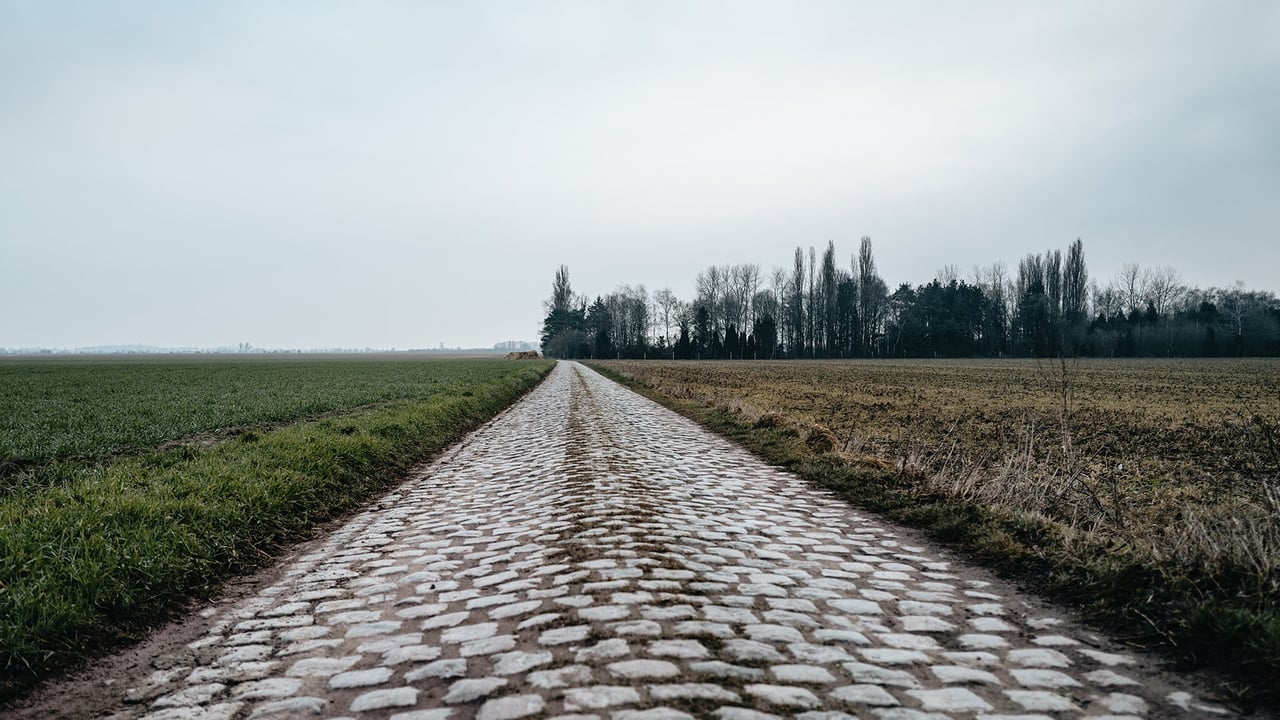
After all, not surprisingly, when you think of the Northern Classics, the first thing that comes to mind are the cobbles, but not just limited to short distances. Quite the opposite: the image is that of a long stretch of cobblestones and rough terrain to pedal over. So the cobble race par excellence is the Paris–Roubaix and the snapshot that best captures its essence is the long cobblestone straight stretch that runs through the woods of Arenberg.

For cycling enthusiasts, the Trouée d’Arenberg and the Carrefour de L’Arbre are the symbols of a legendary time for cycling. For professional cyclists, these two stretches of irregular stone roads are a headache, especially if you grew up far from the bumpy cobbles of northern France and Belgium.
Daniele Bennati tells Wilier Triestina of his first adventure in the Great North: “When I was about to face the cobblestones for the first time, I was a bit concerned. It was 2003 and I had already competed in both the Flanders and Roubaix. Fortunately, I was very good friends with Franco Ballerini, who offered me some very useful tips, especially with regard to the Paris–Roubaix of which -as everyone knows- he had been one of the greats.
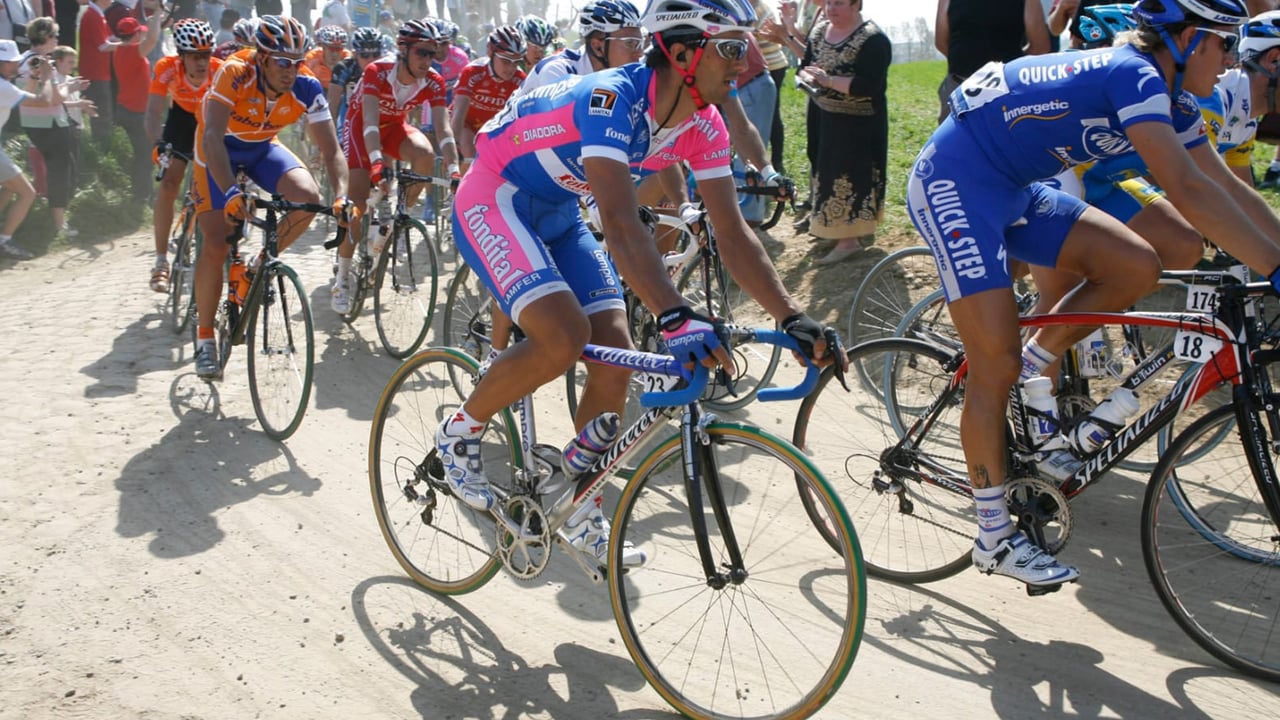
I remember him telling me that I had to do the exact opposite of what my gut instinct was suggesting. When riding over those stony roads, never keep a tight grip on the handlebar, which comes naturally for fear of losing control of the bike. Instead, when you’re about to go down cobble sections at 50 km per hour, it’s important to just barely touch the handlebar, as if you were resting on a cushion of air. It’s the only way to effectively absorb the impact caused by that type of course. Except for the most famous sectors, that are just short of being national monuments, these are roads that are usually travelled throughout the year by farming tractors, so you can well understand what their “natural condition” is.
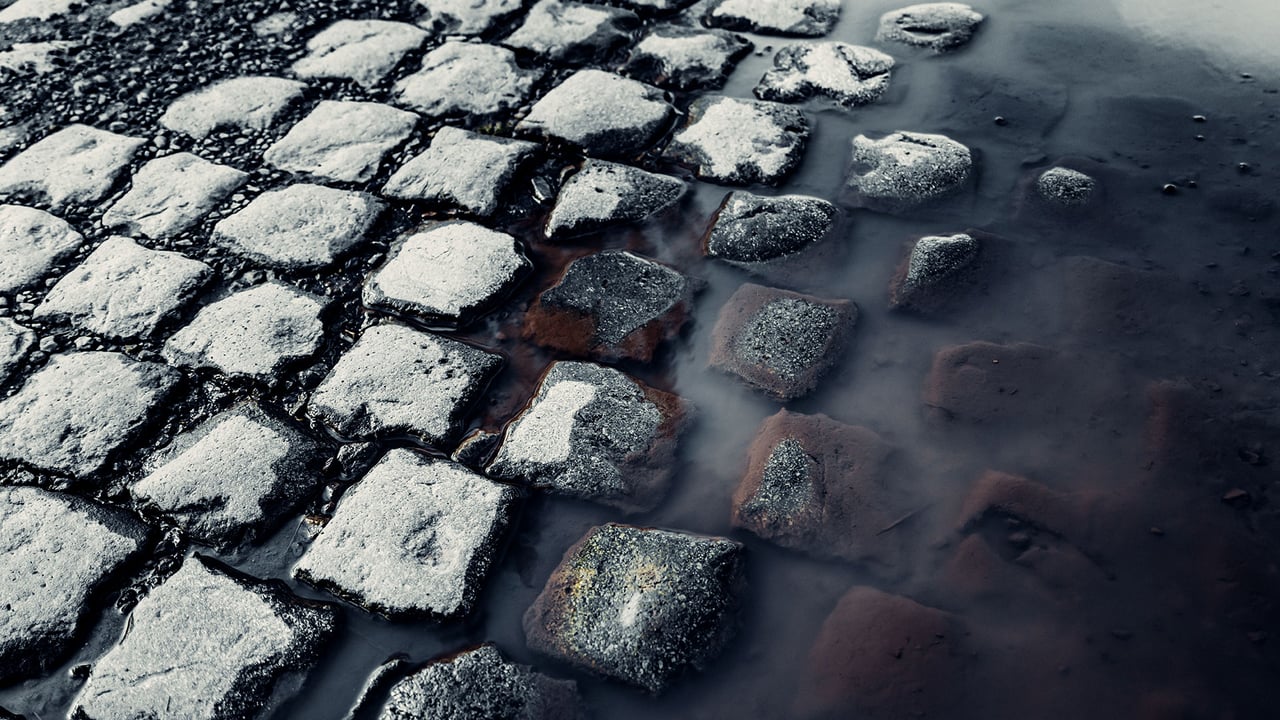
Franco also suggested that I stay further back on the saddle, to better withstand any impact which, at the end of the day, is the race’s true selection criteria. Let’s say that his suggestions were useful especially when we rode over those roads in the Tour de France or the Eneco Tour, where I was racing for the points classification. For example, in the 2007 Tour de France, during the Waregem to Compiègne stage, we rode part of the Roubaix course in reverse”.
Though many technically separate the two races, for Daniele Bennati there is no clear distinction between the Paris–Roubaix and the Tour of Flanders.
“Even though they seem very different, the selection criteria during the two races –the cobblestones stretches in the Roubaix and the walls of the Tour of Flanders– actually express very consistent values, despite the difference in courses.
Quite often, a specialist in the Tour of Flanders will have great results in the Roubaix. This apparent dualism produces a lot of amusing results. For instance, I’ve noticed that some bike manufacturers produce models made especially for the Paris–Roubaix, i.e. designed and built for the very bumpy cobbles of the Roubaix. But then, when you gather at the starting line of the Tour of Flanders, you realise that the same bikes are also usually used on that course, simply proving that, technically speaking, there really isn’t that big a difference”.
However, there is one big discriminating factor that distinguishes the two Northern Classics from the other races, the Italian ones especially: “What makes the Tour of Flanders and the Paris–Roubaix so similar is also the cultural context in which they take place. It’s clear right from the beginning, as soon as you get there, that bicycles enjoy great consideration and respect, unlike places such as Italy, where they’ve still got a long way to go.
In Flanders, cyclists are seen the same as drivers: both means of transport are equally regarded. This is why the quality of cycling routes is always excellent, and cannot even be compared to the precarious Italian standards.
In Italy it is therefore necessary to create the same virtuous mechanism that is self-sustaining in French and Flemish Belgium. Respect for cyclists makes cycling a national sport up there; and, at the same time, the importance of cycling leads to greater appreciation for those who travel by bike on a daily basis. This would be a giant step forward in what we call sense of public spirit, and this feeling of deep respect remains regardless of the postponing of the Roubaix. In fact, I think that precisely for that reason, the absence of the race, this feeling is amplified”.
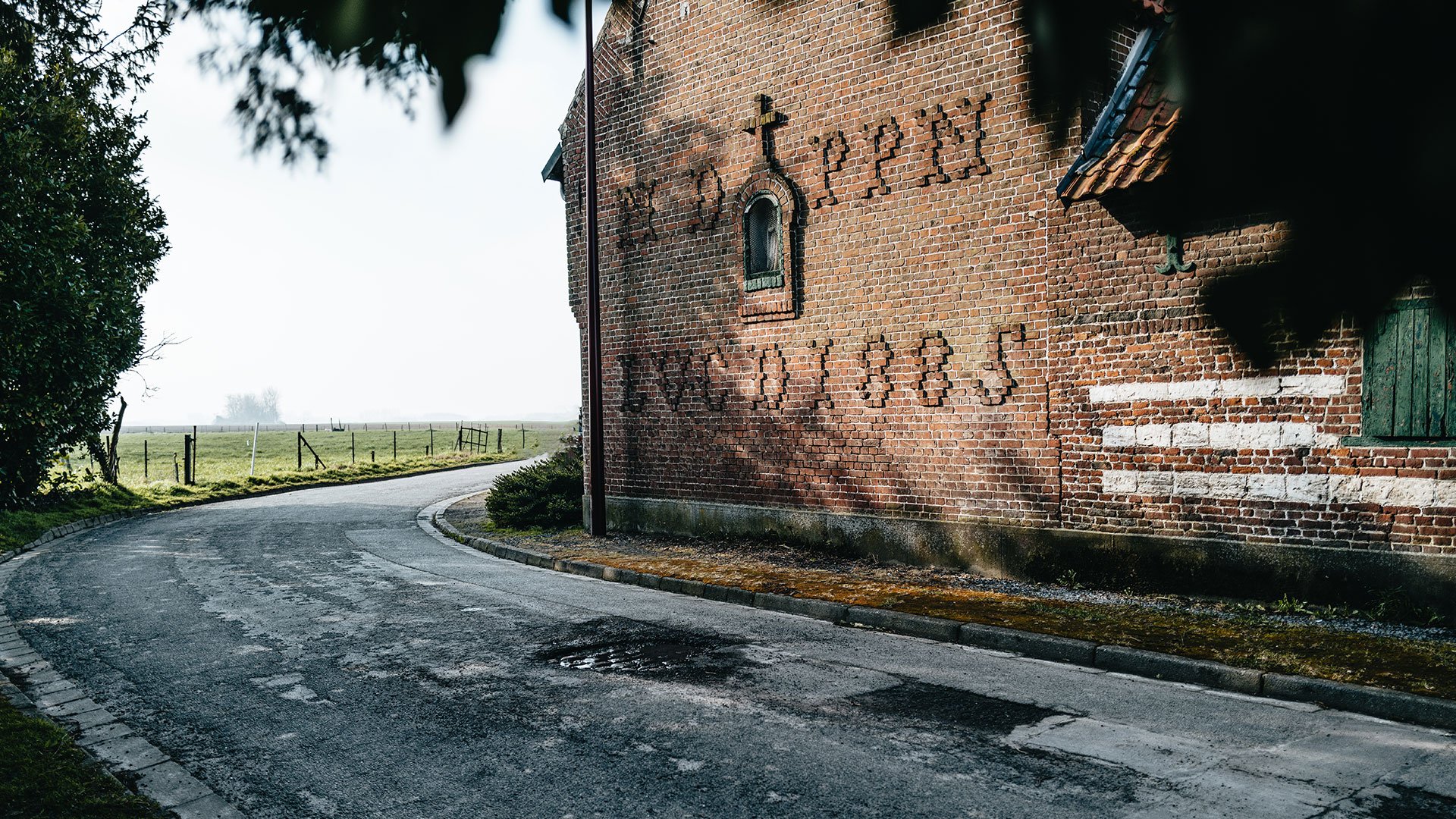
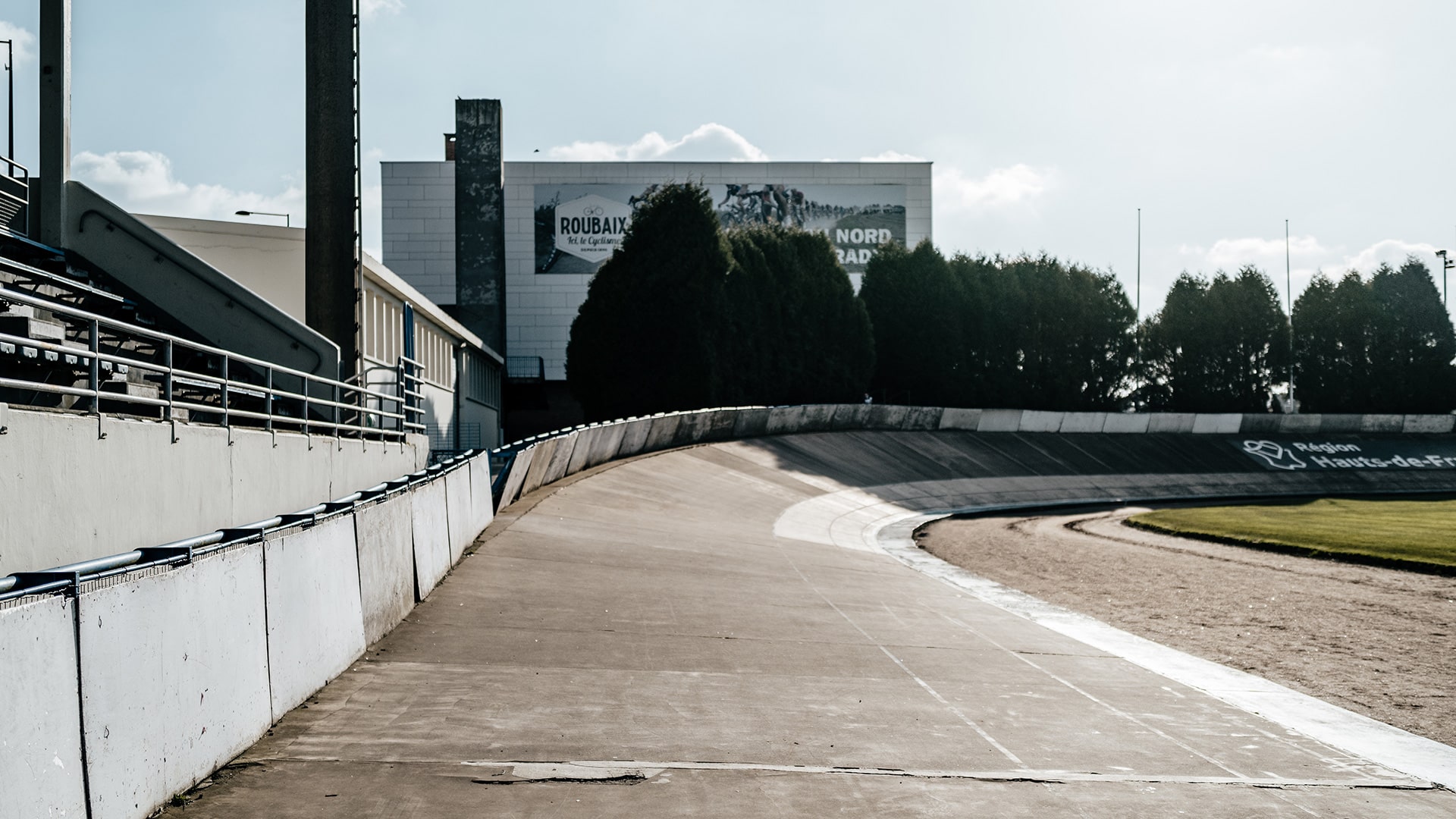
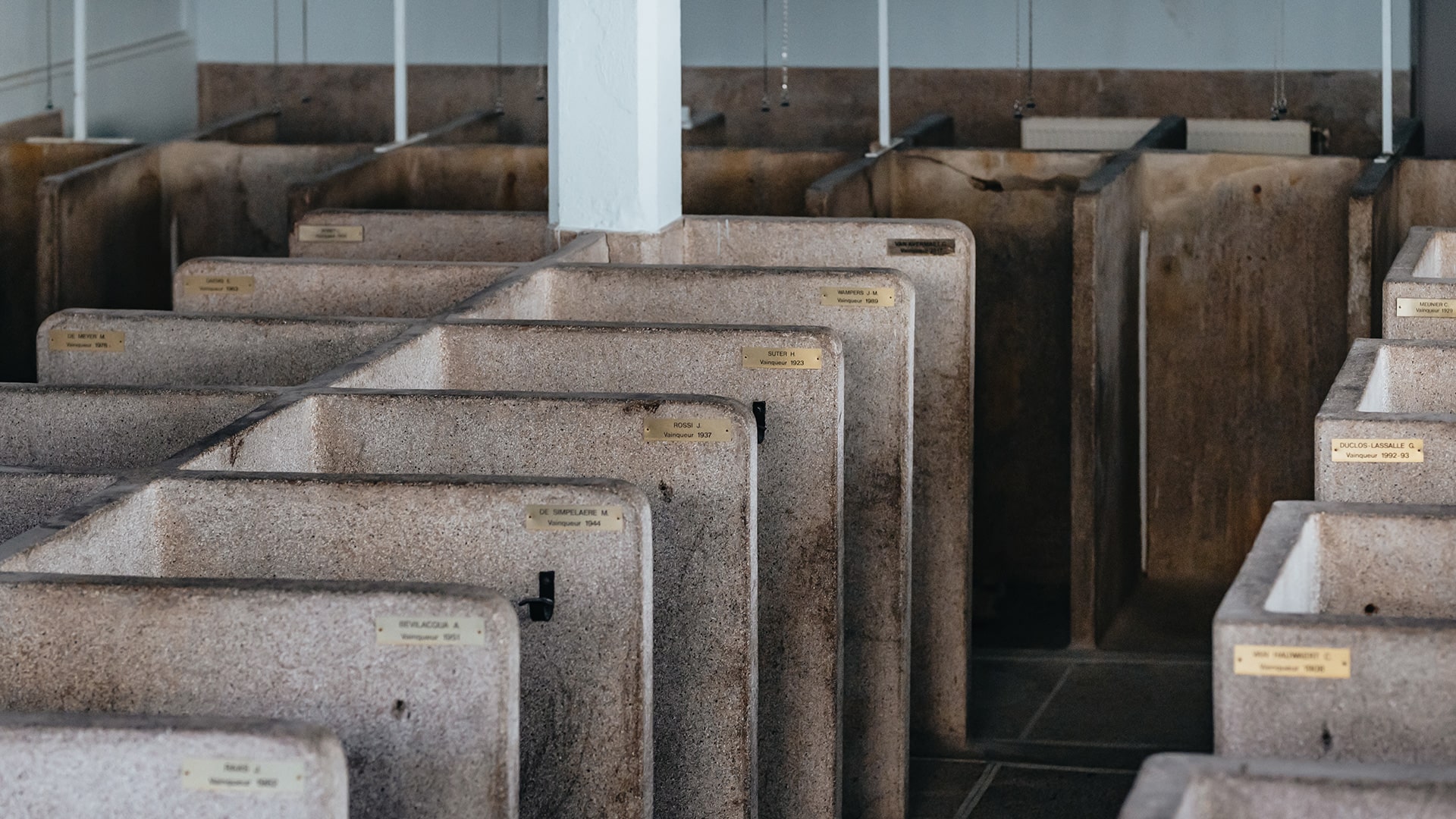
Related stories
Omar Di Felice after Antarctica Unlimited
Marche trail vibes/memories
Let the journey begin
Antarctica Unlimited: Omar Di Felice's Great Antarctic Dream
Southward
Newsletter
Fill in the form below for updates on all that's new in the Wilier Triestina world, with plenty of content: product news, technical insights, professional teams, fairs and events, ambassadors, promotions and offers, all arriving in your email box. And if you no longer want to receive news from us, you can unsubscribe at any time.


